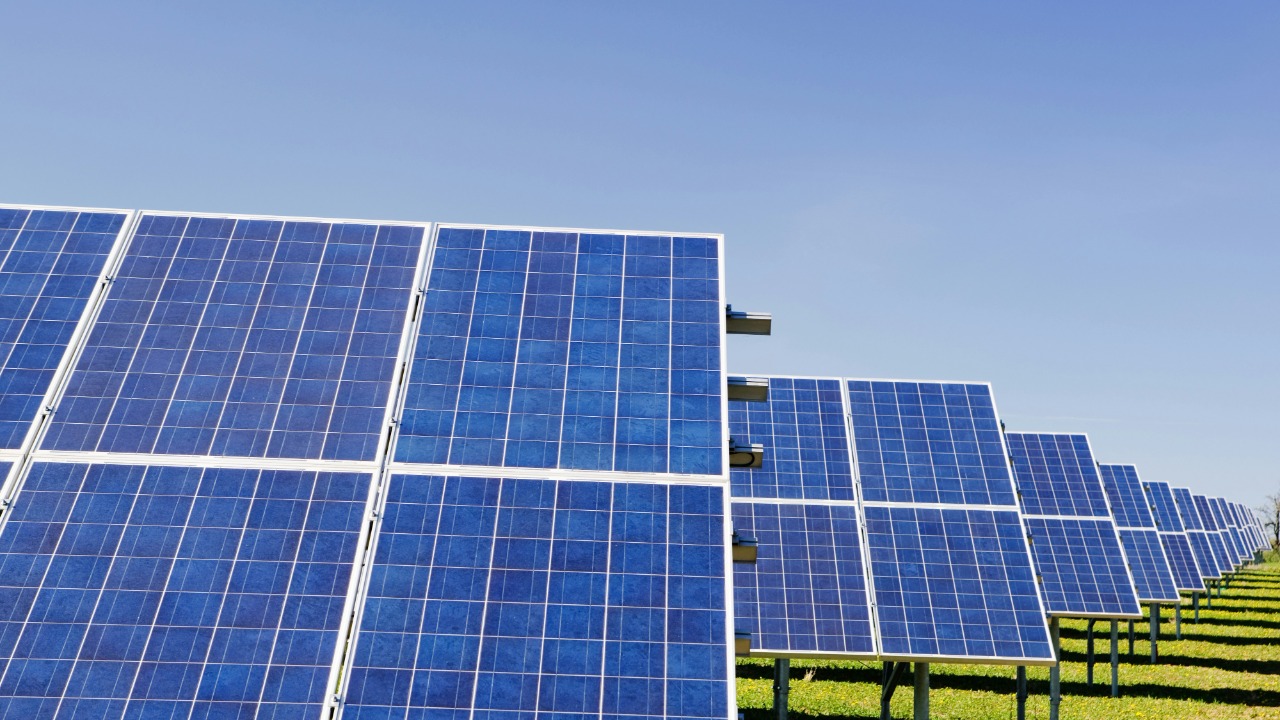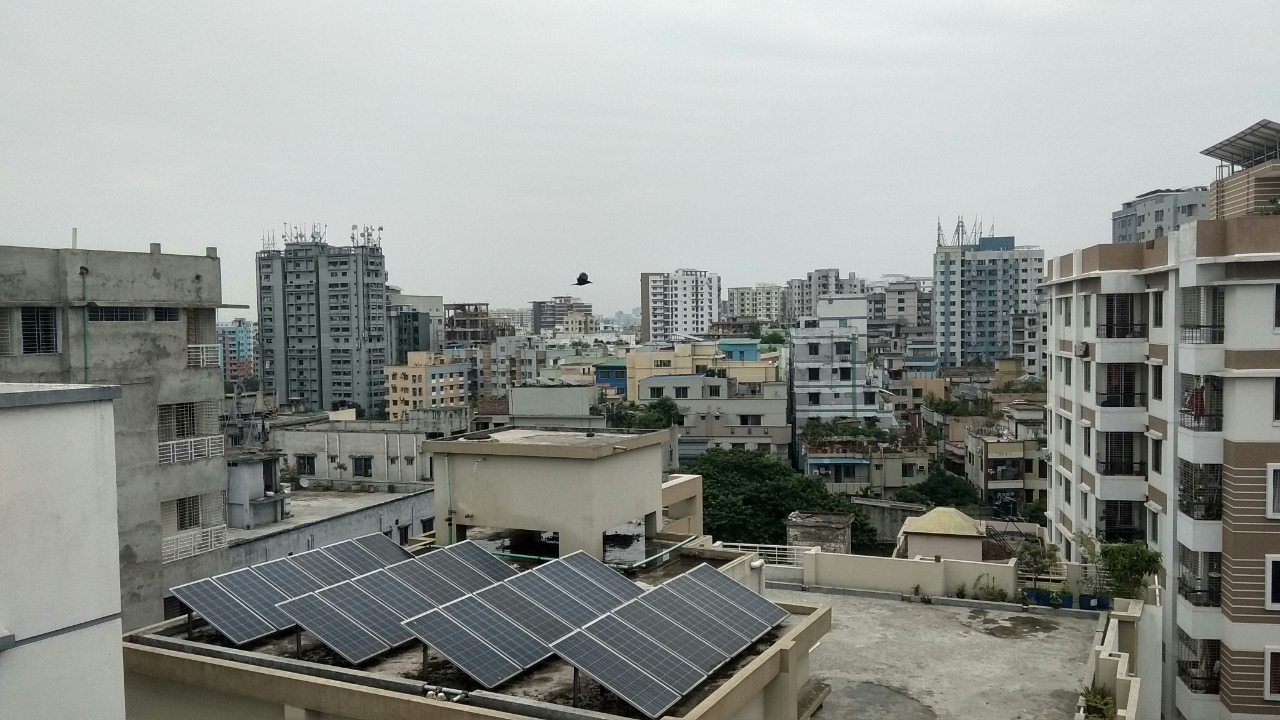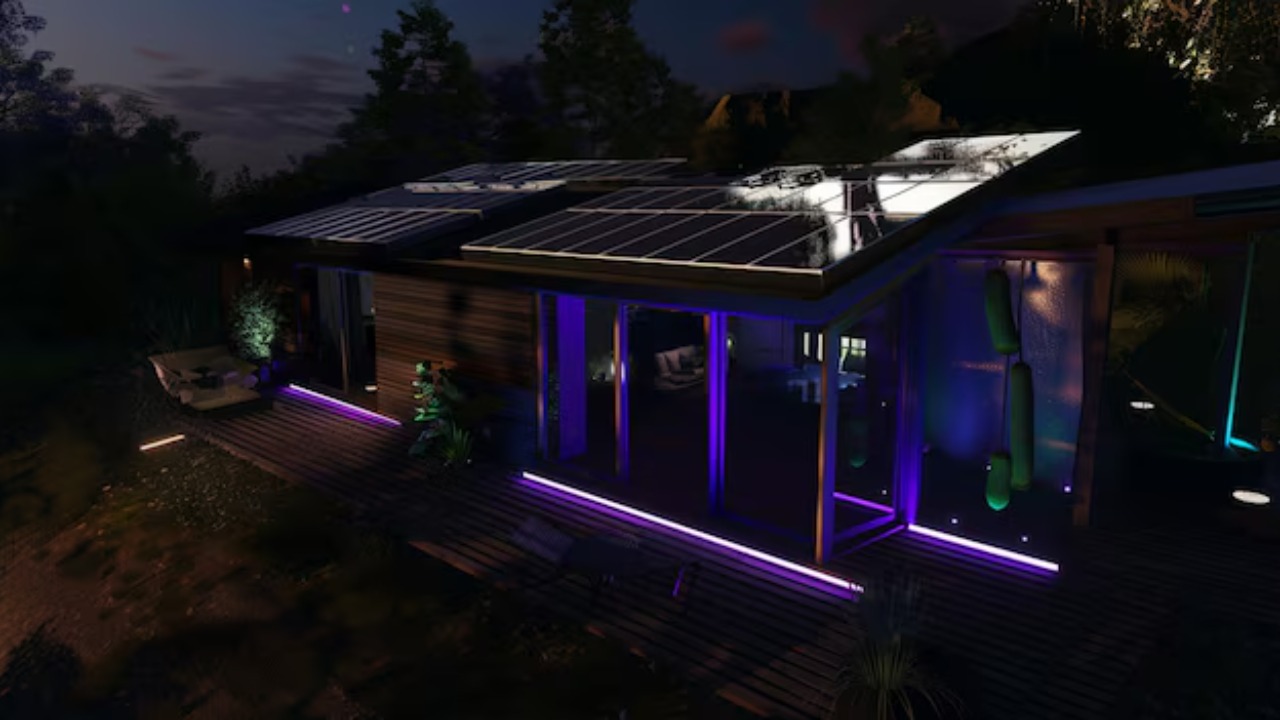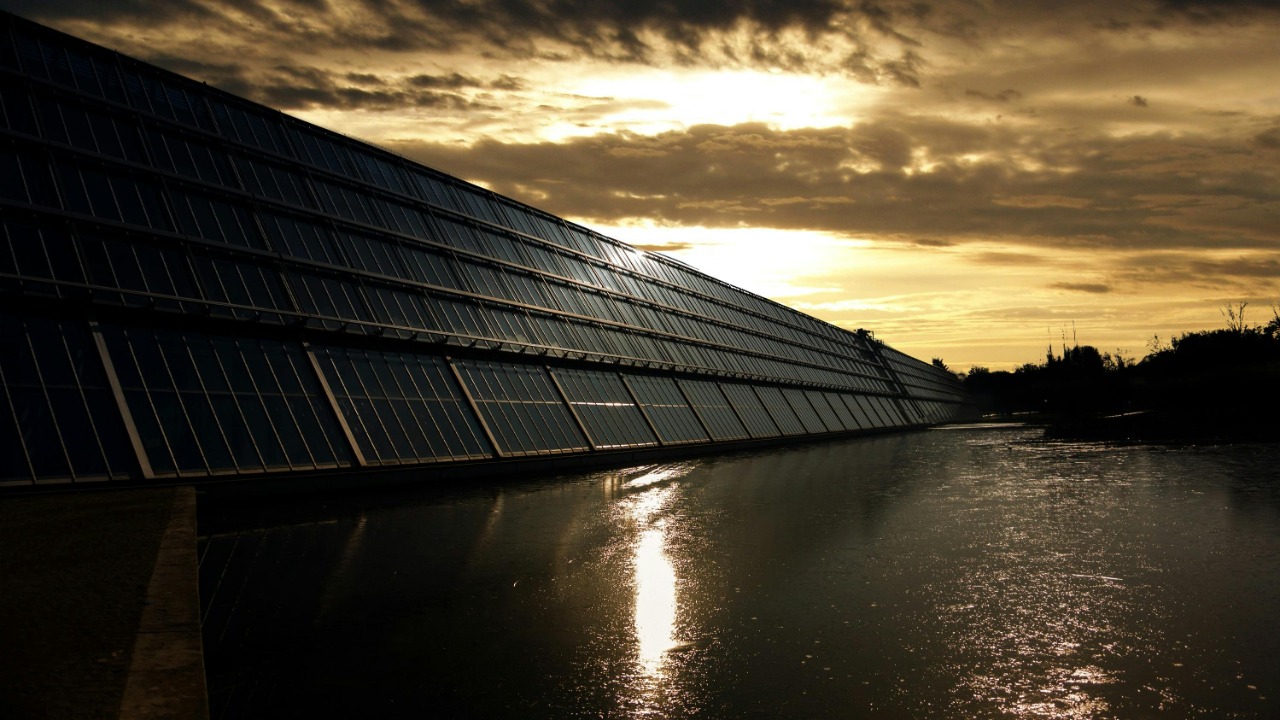
Solar panels have become a preferred choice for renewable energy, but their efficiency during nighttime and cloudy conditions often raises questions. Understanding how solar panels function under different weather and lighting conditions is essential for prospective users. This exploration of solar panels delves into their capabilities and limitations when the sun isn’t shining brightly.
How Solar Panels Generate Power

Solar panels work by harnessing photovoltaic technology, which converts sunlight into electricity. When sunlight hits the photovoltaic cells within a solar panel, it excites electrons, creating an electric current. This process is crucial for generating renewable energy and reducing reliance on fossil fuels.
Sunlight intensity greatly impacts electricity production. More intense sunlight results in higher energy output, while reduced sunlight diminishes it. Optimal panel orientation and tilt also play significant roles in efficiency. Proper positioning ensures maximum exposure to sunlight throughout the day, boosting overall power generation.
Performance of Solar Panels on Cloudy Days

Even on cloudy days, solar panels continue to generate electricity, albeit at a reduced rate. The efficiency might drop, but panels can still capture diffused sunlight. According to solar experts, solar panels can produce 10-25% of their usual output under cloudy conditions.
The thickness and type of cloud cover significantly influence solar energy generation. For instance, thin clouds may allow more sunlight through compared to thick, dark clouds. Statistics from regions with frequent cloudy weather, such as Seattle, show that solar panels can still be a viable energy solution, providing enough electricity to make the investment worthwhile.
Solar Panel Functionality at Night

Solar panels require sunlight to generate electricity, which is why they don’t produce power at night. To bridge this gap, many solar panel systems incorporate energy storage solutions like batteries. These systems store excess energy generated during the day for use at night, ensuring a continuous power supply.
Alternatively, homeowners can rely on grid power at night. Through net metering, they can offset costs by selling excess daytime solar generation back to the grid. This system allows for financial savings and efficient energy management, even when solar panels aren’t actively producing electricity.
Technological Innovations and Future Prospects

Advancements in solar technology are continuously improving efficiency, even in low-light conditions. Bifacial solar panels, for instance, capture sunlight from both sides, enhancing energy capture and overall output. These innovations are paving the way for more flexible and effective solar energy solutions.
Developments in energy storage are also promising. Cutting-edge battery technologies are emerging, offering better storage capacities and longer lifespans. These advances could significantly enhance solar energy storage, making solar panels a more reliable power source, regardless of the time of day or weather conditions.
Considerations for Solar Panel Owners

Understanding local weather patterns is crucial for predicting solar panel performance. Regions with frequent cloud cover may experience reduced efficiency, but solar panels can still be a viable investment. Conducting a cost-benefit analysis helps in evaluating the financial implications of installing solar panels in such areas.
Regular maintenance and efficiency optimization are vital. Cleaning panels and ensuring they remain unobstructed by debris or shading can enhance performance. With proper care, solar panels can continue to provide clean, renewable energy, regardless of weather conditions.